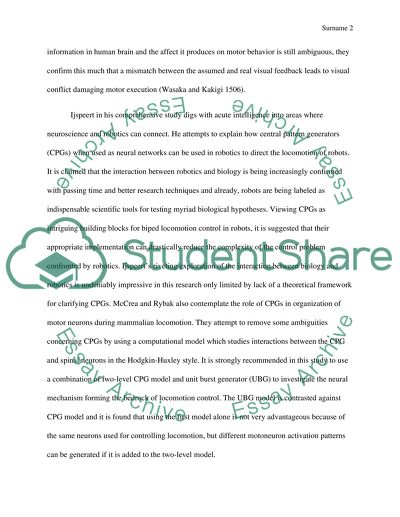Assignment 4 Article Example | Topics and Well Written Essays - 750 words. Retrieved from https://studentshare.org/biology/1491579-assignment
Assignment 4 Article Example | Topics and Well Written Essays - 750 Words. https://studentshare.org/biology/1491579-assignment.


